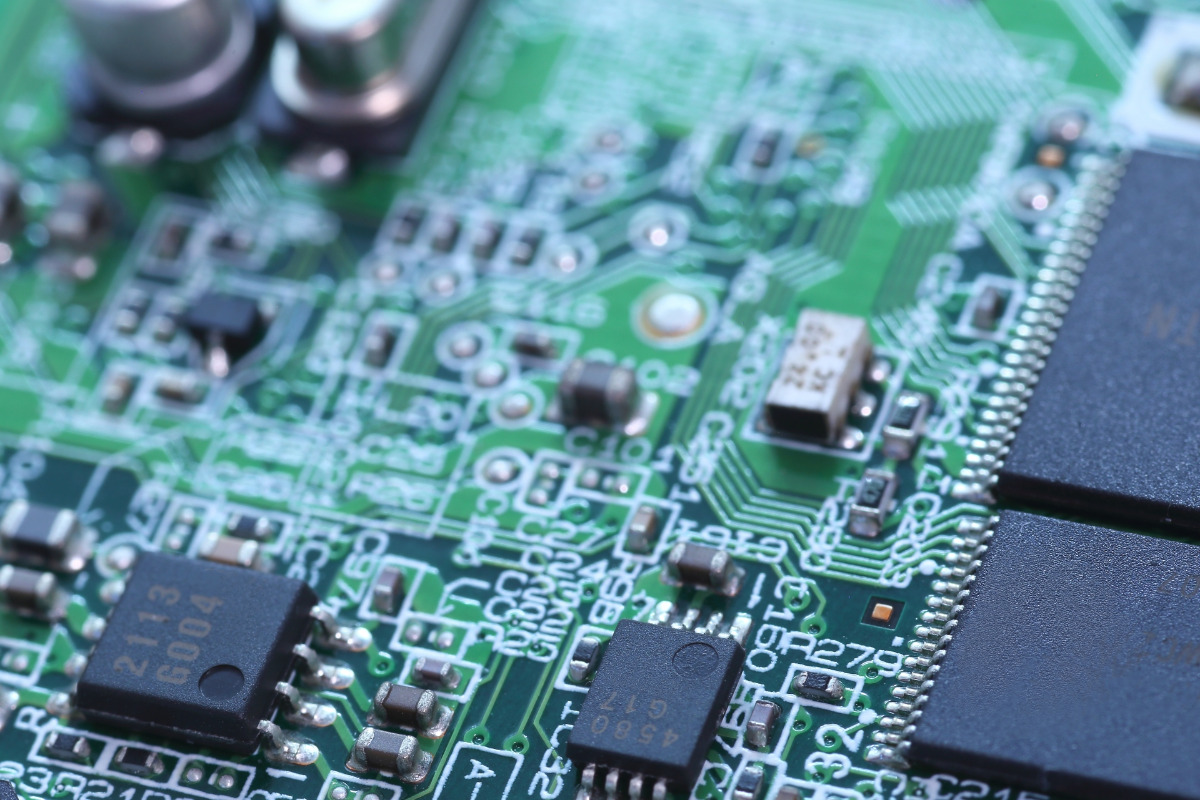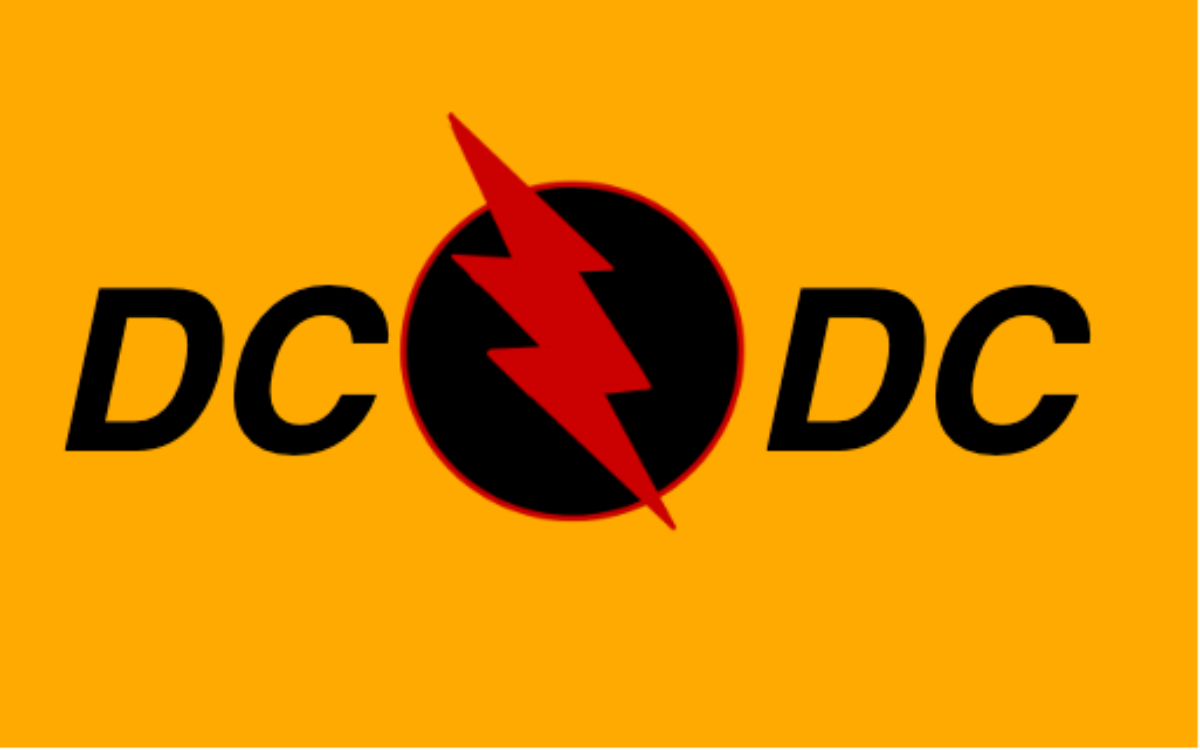DC/DC CONVERTER KNOWLEDGE
The input voltage of the DC/DC converter is direct current (DC), and the output voltage is also direct current (DC). It is an on-board power supply that uses a lot of chip parts and is miniaturized so that it can be mounted directly on a printed circuit board like other electronic parts. Taking advantage of its small size and thinness, it is used in equipment in a wide range of industries such as communication equipment. This DC/DC converter and AC/ DC converter are combined to supply the optimum voltage and current to equipment and devices.
The optimum voltage and current of each load electronic component are different. Standard voltages are 12-14V for motors, 5V or 12V for HDDs, ± 12V for op amps, 3.3V or less for HIC, and so on. In addition, the voltage supplied to electronic components is required to be stable against the input voltage of the DC/DC converter and sudden changes in load.

Board with many surface mount components
It is laptop computers that use DC/DC converters around us. Many DC/DC converters are used to convert the voltage of a laptop battery to the input voltage of electronic components such as 3.3V, 5V, and 12V. The voltage of the battery changes greatly depending on the charge and discharge, but the output voltage of the DC/DC converter is controlled to be constant at all times. Thanks to this DC/DC converter, the electronic circuits of the laptop computer are operating normally.
Types of DC/DC converters
DC/DC converters are roughly divided into “insulated type” and “non-insulated type”. Insulation means that the primary side and the secondary side are not electrically connected, and non-insulation means that the primary side and the secondary side are not electrically connected. To put it simply, it is insulated if a transformer is used, and non-insulated if it is not used.
In other words, a non-isolated circuit that does not use a transformer is called a “chopper”. If you use a chopper circuit, you can step up or down the DC voltage, but you cannot step up or down too much. Practically, the limit is about 10 times the step-up pressure for step-up and about 1/10 for step-down. When a higher buck-boost is required, use an isolated DC/DC converter with a transformer inside the circuit.
Insulated DC/DC converter
DC/DC converter that has a transformer is called an isolated DC/DC converter. The transformer has an important function of input/output isolation, and if this function is required, use the transformer even if the buck-boost ratio is small. It is a highly reliable full-scale power supply that can handle large-capacity power supplies. However, since it has a built-in transformer, it is difficult to reduce the size and cost.
The switch element (transistor) of the DC/DC converter operates at high frequencies of several tens of kHz to several hundreds of kHz. Transformers have the property of becoming smaller as the frequency increases, and the oscillation frequency of DC/DC converters is smaller and lighter in units of KHz compared to transformers that operate at 50Hz or 60Hz.
Also, electrical circuits that may come into contact with humans must be “insulated” by this transformer from dangerous voltages. There are various connectors on the side of the laptop computer, which can be easily touched by humans, so the circuit of the laptop computer is insulated from AC100V with a transformer. Therefore, isolated DC/DC converters are always used in the DC/DC converters of laptop chargers. Thanks to the transformer of the isolated DC/DC converter, you can use your laptop with confidence.
Non-isolated DC/DC converter
The chopper circuit is also called a non-isolated DC/DC converter. Since the non-isolated DC/DC converter does not use a transformer, it has the advantage of being small and inexpensive. Electrically, the primary side and the secondary side are electrically connected, but there is no risk of electric shock because the output voltage is low such as 1.8V, 1.5V, 1.3V, 0.8V.
Also, by not using a transformer, there is an advantage that a non-isolated DC/DC converter can be mounted near the load (IC) of the printed circuit board because it is highly efficient, generates less heat, and does not require a heat sink.
A typical non-isolated DC/DC converter is “POL”. POL is an abbreviation for “Point of Load” and means proximity of loads. Placing a POL in front of the load IC reduces voltage drop and makes it less susceptible to noise.
